Maintaining healthy coral nurseries and reef restoration sites involves regular monitoring, cleaning, and addressing pests like Drupella snails. These snails can cause significant damage to shallow reefs across Indonesia, and we consistently find them at our project sites.
In our experience, Drupella snail outbreaks are a major cause of long-term restoration project failures in Indonesia, making consistent monitoring essential. To help protect the coral, we often need to manually remove these snails, sometimes collecting several hundred during a single dive.

Spotting the noctornal Drupella snails
Drupella snails are often difficult to spot during the day, as they conceal themselves at coral bases among algae and other sessile organisms. However, they emerge at night to feed on coral tissue. As colonial mollusks, they congregate in groups, allowing for efficient collection when an aggregation is located.
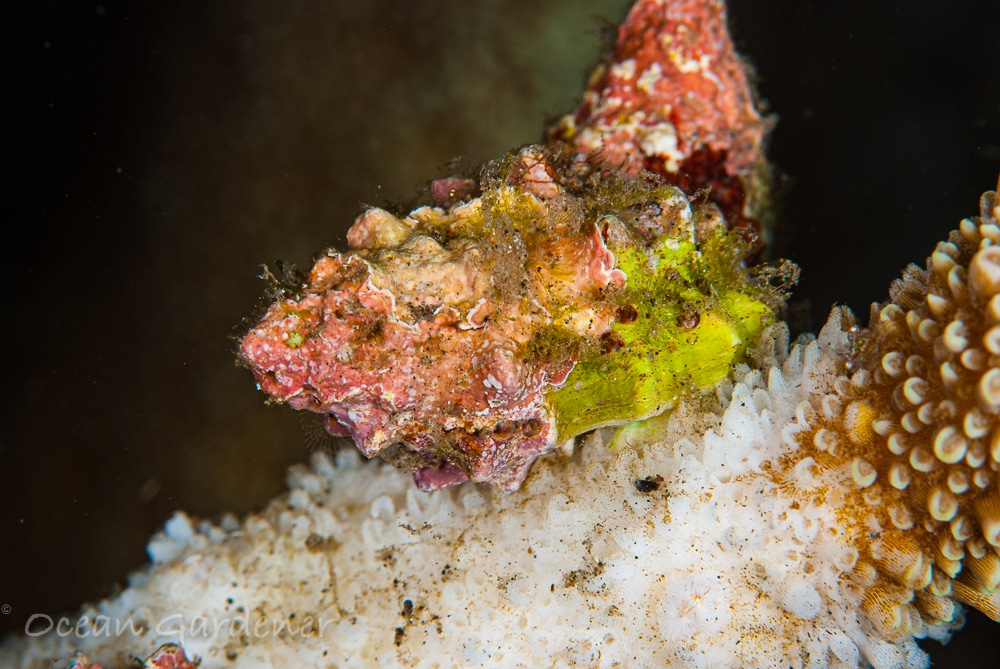


Drupella snail feeding patterns, while distinctive, can be confused with white band disease. Unlike the rapid devastation caused by Crown-of-Thorns starfish, Drupella snails feed slowly, leaving a thin white band of freshly consumed coral tissue, followed by an algae-covered dead skeleton patch, and then live tissue. In contrast, Crown-of-Thorns starfish leave a wide, bright white band of exposed coral skeleton.
Causes of the outbreak
Overfishing of their natural predators
Drupella snail outbreaks are primarily attributed to overfishing of their natural predators, which include triggerfish, porcupinefish, wrasses (especially Napoleon wrasses), snappers, and emperor breams. Notably, Napoleon wrasses (Cheilinus undulatus) are particularly effective predators, capable of extracting the snails from coral and crushing their hard shells using specialized bones in their throats, then ejecting their shell bits through their gills . However, these large wrasses are themselves vulnerable to spear fishing due to their size and curious disposition.
Additionally, similar to Crown-of-Thorns starfish, increased phytoplankton availability due to fertilizer runoff likely enhances Drupella snail larval survival, causing a population boom.
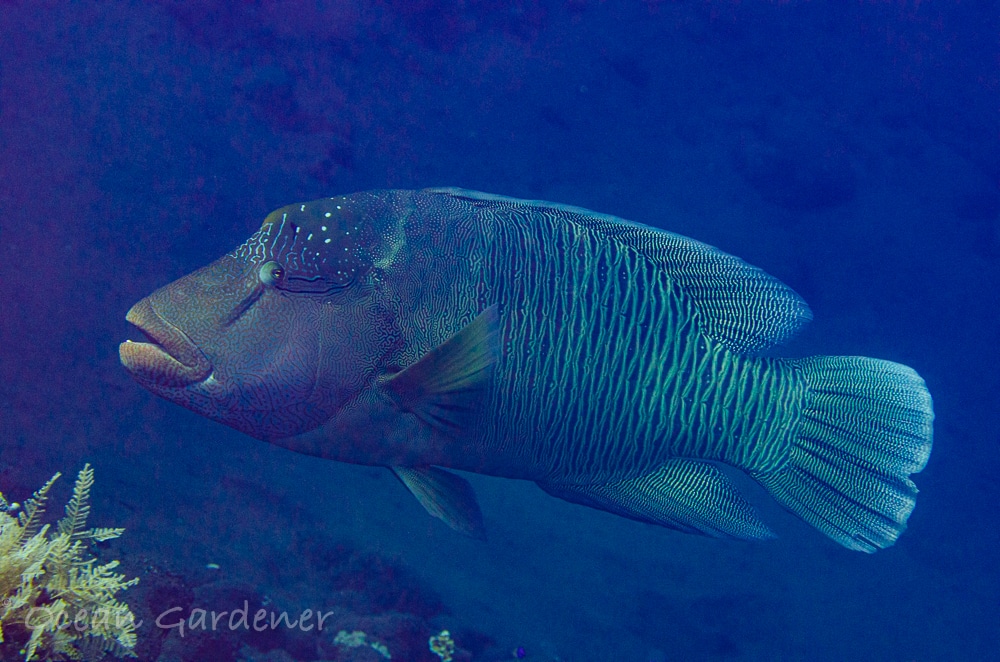
Attraction to stressed corals
Research also indicates Drupella snails are attracted to stressed corals, drawn by their high mucus production. Given the prevalence of degraded reefs, which attract Drupella snails, regular monitoring of restoration sites is vital. Our experience demonstrates that Drupella snail outbreaks are a primary factor in long-term restoration project failures in Indonesia, making monitoring indispensable.
Changing climate and warming waters
The occurrence of Drupella snail outbreaks seems to coincide with El Niño events, possibly due to improved larval survival in warmer, low-current environments. Furthermore, climate change is likely aggravating these outbreaks by increasing water temperatures, which stress corals and further closing the vicious cycle. The warmer waters also elevate Drupella snail metabolism hence their feeding rates, causing more damage.

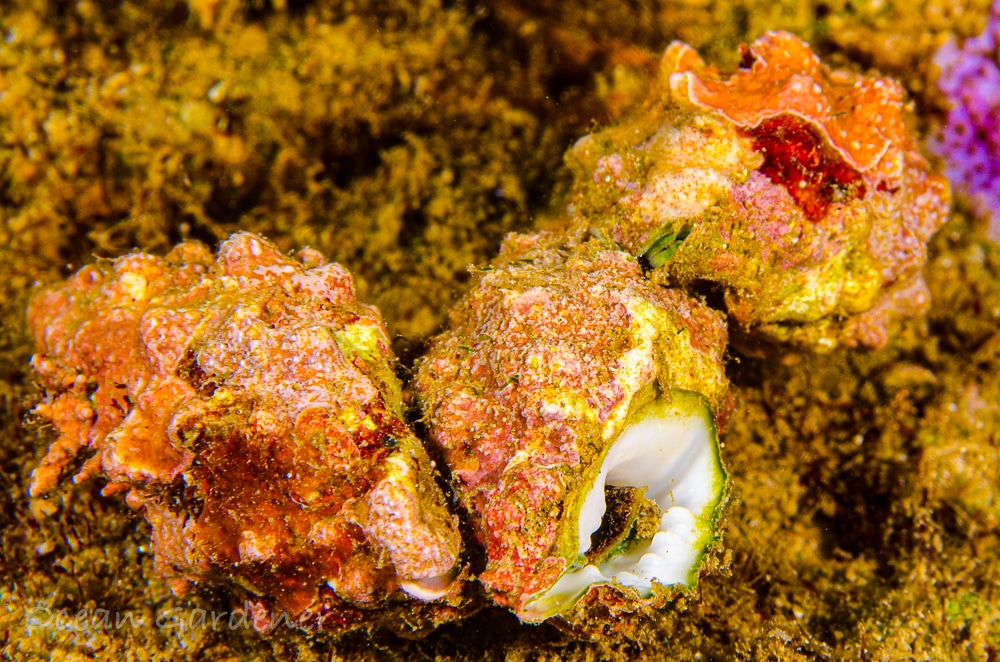
Favourite types of coral they prey upon
Drupella snails exhibit a clear preference for Acropora corals, initially targeting table-forming species. Acropora millepora and Acropora hyacinthus are particularly prone to infestation, with Fimbriaphyllia ancora being a secondary target.
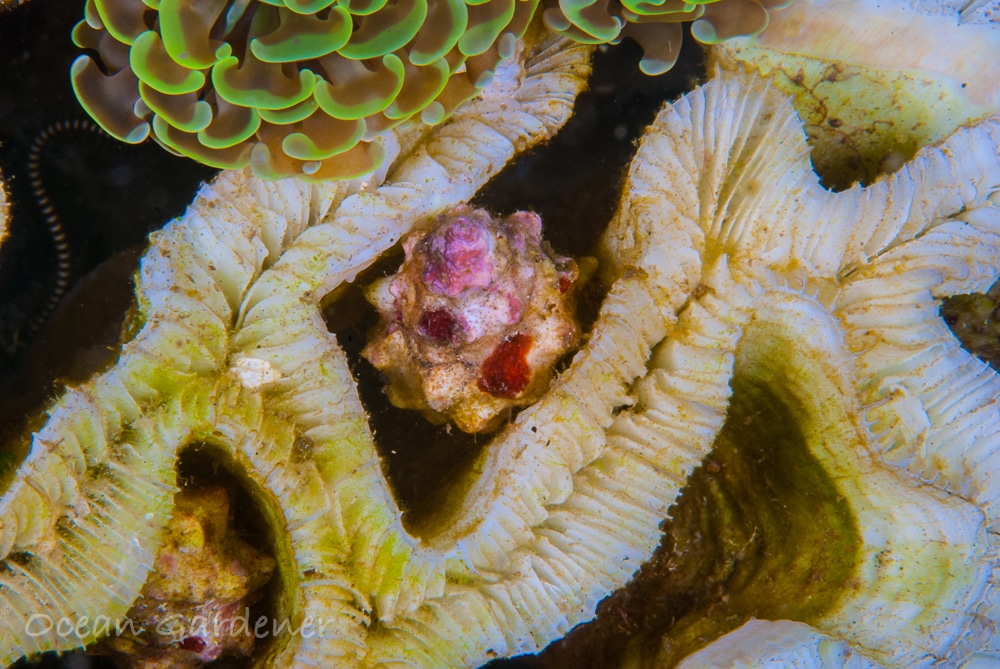
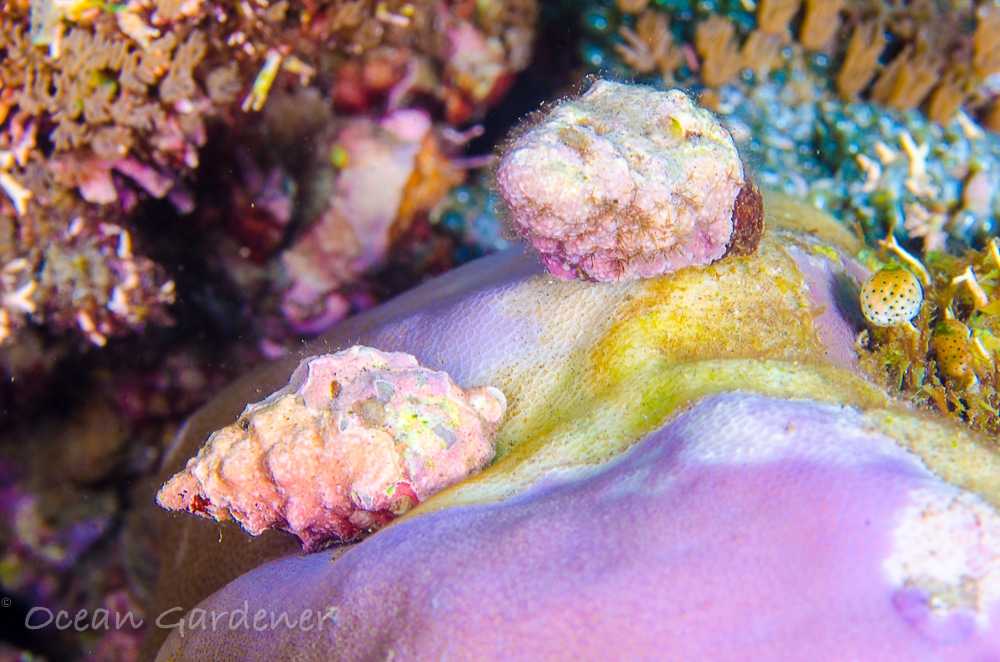
How to remove drupella snails
Unfortunately, manual removal is the only technique found so far. Removing them is best done at night, as the mollusk tends to go out on coral tips and are easier to access.
It is a labor intensive but essential task in any reef restoration project. You don’t want your newly planted corals to be quickly eaten before they have a chance to grow, that’s why Drupella snail removal is an important component of reef restoration and maintenance work. Unfortunately, it’s often underestimated and overlooked, causing a quick decline in coral survival and sabotaging the overall success rate of a project.

Few tools are needed, such as long tweezers for large Drupella snails, long thin metal sticks for branching corals, and small tweezers used for small, plating Acropora coral. A coral cutter can be necessary to cut off any dead coral skeletons and access them easily.

It’s best to immerse the collected Drupella snails in freshwater for a couple of hours to ensure their death before discarding them on land. It’s also good to keep records of collected Drupella snails, just to monitor effectiveness and possible outbreaks.
If you’re passionate about coral reef restoration and eager to contribute hands-on, consider joining our Ocean Gardener courses. We provide comprehensive training, including the essential skill of identifying and safely removing Drupella snails from corals, empowering you to actively participate in reef conservation.